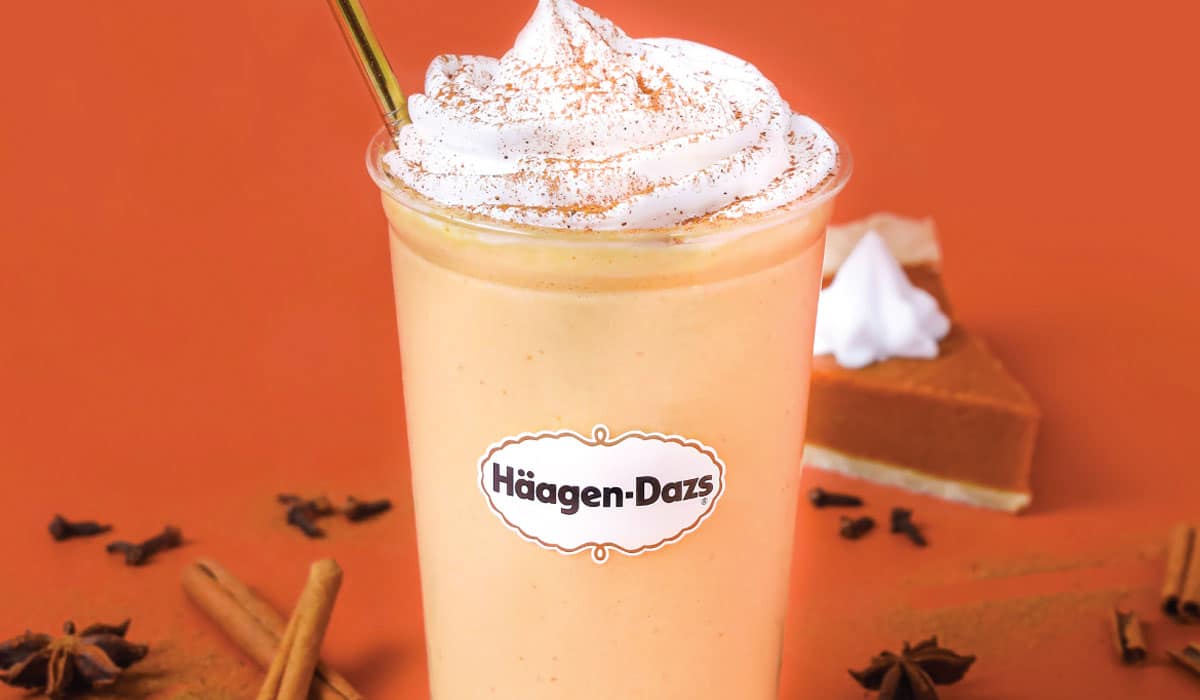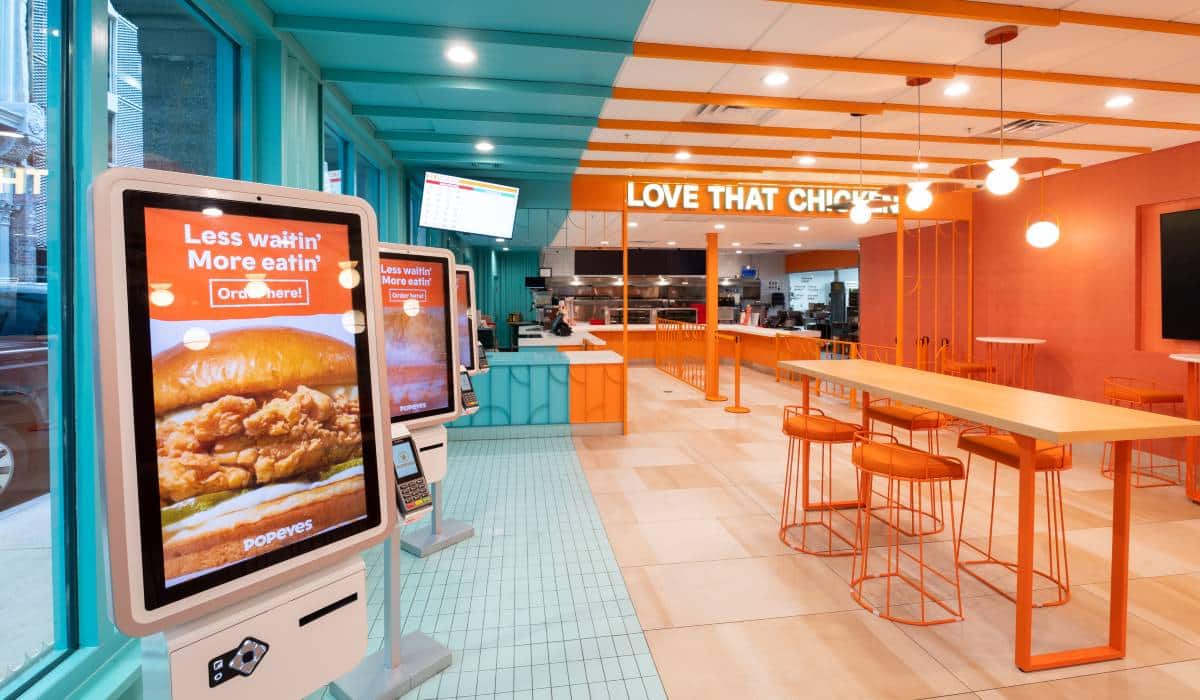Over the past couple of years, as Popeyes rode its chicken sandwich fame to some of fast food’s top results, the brand kept in touch with guests, brand president Sami Siddiqui says. And surveys regularly surfaced the same notion—the No. 1 barrier to consideration for the 50-year-old brand was actually convenience. “There’s just not a Popeyes close enough to me,” Siddiqui says of consumer polls. “And we think that is a huge opportunity—I view that as my obligation—to build more Popeyes.”
Siddiqui, who took the Popeyes helm in September 2020 after leading parent company Restaurant Brand International’s Asia-Pacific region, isn’t only referencing numbers, although that’s a key part of it—Popeyes ended fiscal 2021 with 2,754 U.S stores and 3,705 globally—and a topic with runway given last year marked the steepest openings yet (net of 254, or unit growth of 7.4 percent) since RBI acquired Popeyes in March 2017 for $1.8 billion.
“As you look at competitors and you look at chicken whitespace in the country, we have ample growth opportunity all around the U.S.,” Siddiqui says. Just speaking to Asia, a market where KFC appreciates 26 percent of its total system sales from China alone, Popeyes has “a couple of hundred restaurants.”
But the near-term unlock, Siddiqui says, is digital, which extends to store models themselves. “I think the mandate is to make the brand more convenient and make Popeyes available whenever, wherever you want it,” he says.
Historically, Siddiqui adds, quick-serves viewed development through a pretty narrow lens—it’s one of the reasons fast casual erupted in the early 2000s as the category targeted real estate, namely in-line, fast-food giants avoided because of the drive-thru; the thought you needed large, freestanding buildings to chart growth.
“They’re great for the right location,” Siddiqui says. “But I think if we want Popeyes to be really where all of our guests are, then we need to look at smaller footprint locations.”
That includes ghost kitchens and new formats. In South Florida, where RBI has a Miami base, there was a trade area Popeyes hadn’t tried to break in before. Simply, there was no availability for a sizable, freestanding site with a drive-thru. So Popeyes opened a digital-only concept with kiosks, no registers, and a kitchen equipped to handle delivery and mobile order and pay. “And that allows us to redeploy labor,” Siddiqui says. “And it really streamlines the digital experience for our guests. I think it’s those types of formats that we’ve now become a lot more flexible with. Those are going to be the future in terms of how we deliver Popeyes to our guests. It’s not going to be all digital formats. It’s not going to be all ghost kitchens. It’s going to be a balance of everything.”
[image source_ID=”132173″]
 [image source_ID=”132168″][image source_ID=”132169″][image source_ID=”132170″]
[image source_ID=”132168″][image source_ID=”132169″][image source_ID=”132170″] [image source_ID=”132172″]
[image source_ID=”132172″]
On Monday, Popeyes re-opened its historic Canal Street store in New Orleans. It marked a brand-new restaurant design anchored by digital innovations centered on creating a fast, convenient service for customers, the company said.
It’s the first Popeyes to feature the look, which includes self-order kiosks, order-ready boards, and dedicated areas for digital-order pickup.
Jourdan Daleo, SVP of franchising and field operations, Marcel Medawar, VP of development, and Siddiqui cut the ribbon.
In some ways, it was a fitting meshing of past and future trends for the brand, which was founded by Alvin C. Copeland Sr. as “Chicken on the Run” in the New Orleans suburb of Arabi five decades ago. After a few rough months, Copeland reopened the restaurant as “Popeyes,” named after Popeye Doyle from the 1971 film “The French Connection”—and switched from Southern-fried chicken to spicy, New Orleans style.
“I think we need to look at trade areas and this is what we’re doing,” Siddiqui says. “We’re looking at trade areas specifically and we’re saying what street corner needs what format and we’re being very flexible in how we deliver Popeyes to our guests.”
As the Canal Street unit proves, Popeyes go-forward plan stretches well beyond shrinking footprints. “What we are thinking about is do we take some chairs out of the dining room? Do we shrink the size of the dining room and put just more of that space in the kitchen?” he says. “I think in a [real estate] market like this where we want to ensure certainty, we always want to ensure that our team members want to have a great experience. I think there are ways to optimize our kitchen layout. And we’ve done a lot of work with some external consultants and our engineers to figure out what are better kitchen layouts for our restaurants?”
In some cases, this has meant pulling space from the dining room into the kitchen, which speaks to the volume taking place outside the four walls these days. Adding more storage space has been a target, too. As has implementing features like escape doors or third windows to improve back-of-the-house flow and give guests faster drive-thru and digital ordering experiences.
“Then there’s things like the equipment that goes into our kitchens,” Siddiqui says. “There’s things around the process of simplification in the back of house. All of that kind of goes into this overall value proposition of what it means to work at Popeyes. And we certainly believe if our team members have a great experience working in our restaurants then our guests are going to have a great experience when they come into a Popeyes.”
Amid store evolution, RBI CEO Jose Cil said in February Popeyes“ signed more development agreements around the world than ever before,” with deals in India, the U.K., Saudi Arabia, Romania, and France, as well as further expansion in Mexico, the U.S., and Canada. In 2022, Popeyes continued its momentum with an agreement in South Korea, which Cil called one of the largest quick-service chicken markets in the world.
Popeyes U.S. same-store sales dropped 1.8 percent in Q4 year-over-year, and 8.2 percent on a two-year stack. Yet this comes after a 2019–2020 stretch where Popeyes posted four of the best quarterly same-store sales increases in the quick-service industry over the last 10 years. And perhaps the biggest indicator of where the chicken sandwich took Popeyes: from pre-launch to present, average-unit volumes have climbed $400,000 to $1.8 million.






